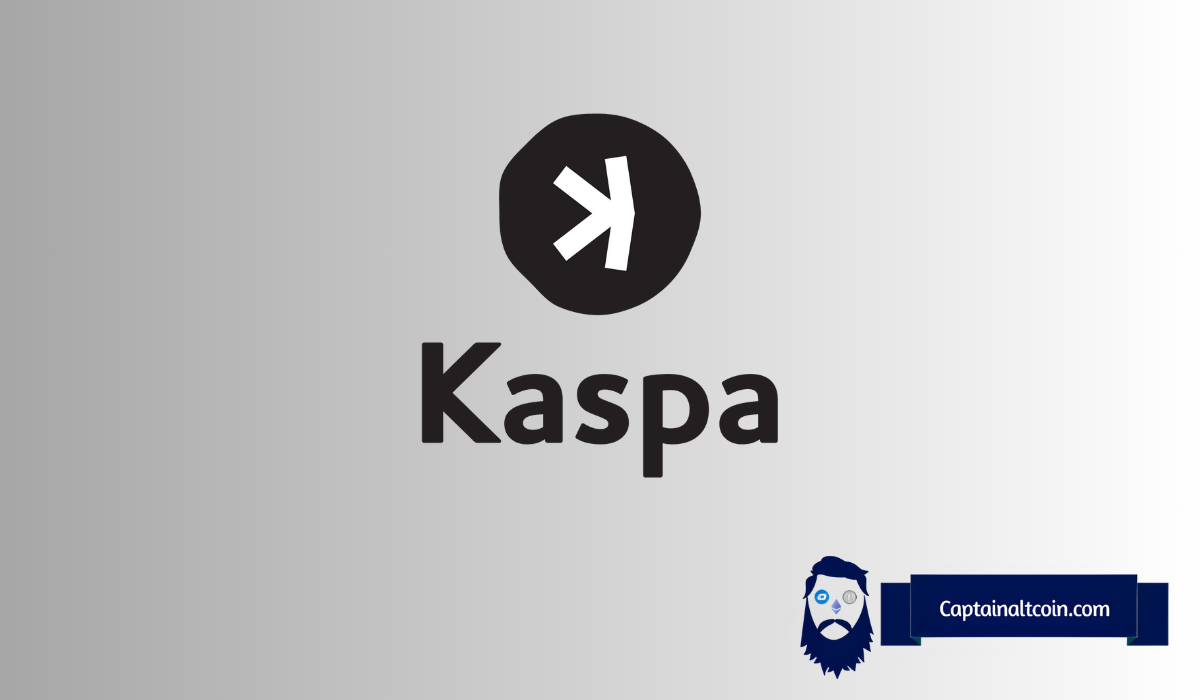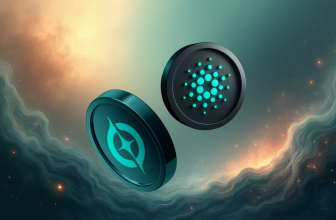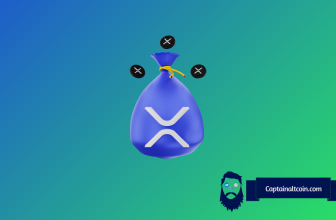
A recent tweet by Kaspa Daily compared the decentralization metrics between Ethereum and Kaspa, and the numbers do make you think. According to their breakdown, the top 9 entities on Ethereum—including big players like exchanges, bridges, and wrapped token contracts—hold over 19% of all ETH. That number doesn’t even count the massive Beacon Chain deposit contract. In contrast, the top 10 holders of Kaspa hold just around 16.9% of its total supply.
On the surface, that makes Kaspa look more decentralized. It also raises a fair question: if Kaspa has a flatter distribution of its tokens, why is Ethereum still the king of Layer 1s?
Well, it comes down to maturity, infrastructure, and utility. Ethereum has been around a lot longer. It’s not just a cryptocurrency; it’s a platform. It runs smart contracts, supports DeFi, NFTs, DAOs, and just about every other buzzword in crypto. That utility brings value, but it also brings complexity. And with complexity comes reliance on centralized services like custodial wallets, liquid staking platforms, and bridges. That’s part of why ETH distribution skews the way it does.
Decentralization in Numbers: Ethereum vs. Kaspa
— Kaspa Daily (@DailyKaspa) June 24, 2025
Ethereum top 9 entities (including exchanges, wrapped tokens, and bridges) control over 19% of the total ETH supply, that’s excluding the Beacon Chain deposit contract.
In comparison, Kaspa top 10 holders control around 16.9% of… pic.twitter.com/J3JnWOYxY7
Kaspa, on the other hand, is still finding its footing. It doesn’t have staking, smart contracts, or even wrapped assets yet. That makes its distribution look cleaner for now. It’s a lot easier to look decentralized when you don’t have many services or features built on top.
But as Kaspa continues to develop and eventually rolls out things like Layer 2 solutions, decentralized finance apps, and bridges to other blockchains, it will start to feel the same growing pains Ethereum did. The big question is whether Kaspa can keep its decentralized structure intact as it scales up. That’s not easy.
Ethereum may not win on the decentralization chart today, but it has proven itself time and again. It’s the biggest altcoin in the world for a reason. Ethereum has handled bull runs, market crashes, security threats, and the stress of real usage on a global scale. That kind of experience matters. It shows the network can hold up under pressure, even if it’s not perfect.
At the same time, Kaspa deserves credit for starting off with a solid distribution and staying lean in its early phase. In a space where decentralization is becoming more important, that could be a big advantage. The real story will be told over the next few years as Kaspa adds more features and gains users. Whether it can stay true to its roots is what investors and builders will be watching closely.
Read also: CaptainAltcoin Launches YouTube Channel – Focus on Bitcoin, XRP, Kaspa, and Much More!
Subscribe to our YouTube channel for daily crypto updates, market insights, and expert analysis.








